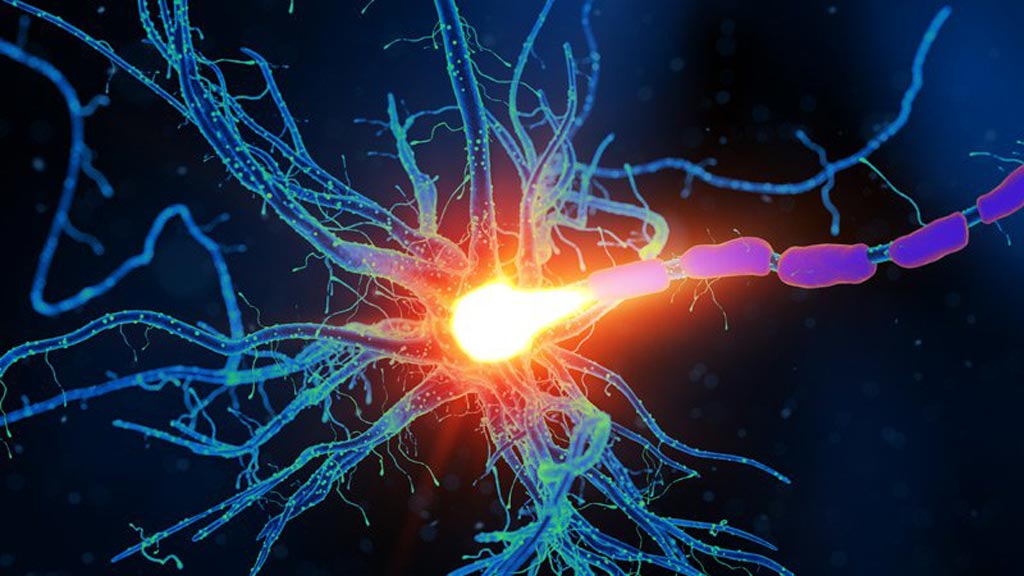Nerve Transfer Helps Restore Upper Limb Function
By HospiMedica International staff writers
Posted on 17 Jul 2019
A new study shows that nerve transfers in patients with tetraplegia can lead to significant upper limb functional improvement, especially when combined with tendon transfer.Posted on 17 Jul 2019
Researchers at Austin Health (Melbourne, Australia) and Royal Melbourne Hospital (RMH; Australia) conducted a prospective study involving 16 patients with cervical spinal cord injury of motor level C5 and below, who underwent single or multiple nerve transfers in one or both upper limbs, sometimes combined with tendon transfers, for restoration of elbow extension, grasp, pinch, and hand opening. Study participants were assessed at 12 months and 24 months post-surgery, with the primary outcome measures being action research arm test (ARAT), grasp release test (GRT), and spinal cord independence measure (SCIM).

Image: New research with nerve transfers shows promise for patients with cervical spinal cord injuries (Photo courtesy of Medscape).
In all, 27 limbs underwent 59 nerve transfers. In ten participants, nerve transfers were combined with tendon transfers. The results revealed that at 24 months, significant improvements from baseline in median ARAT total score and GRT total score observed. Mean total SCIM score, mean self-care SCIM score, and mobility in the room and toilet SCIM score improved by more than the minimal detectable change. Mean grasp strength was 3.2 kg in those who underwent distal nerve transfers, 2.8 kg in those who had proximal nerve transfers, and 3.9 kg in those who had tendon transfers. The study was published on July 4, 2019, in The Lancet.
“Many spinal cord injury patients still have the ability to move their shoulders, bend their elbows, and expand their wrists. This means we have the nerves to these muscles at our disposal. It's like unplugging the power source to the toaster and plugging it into the kettle instead,” said lead author Natasha van Zyl, MBBS, of Austin Health, to Medscape. “The improvements in hand function we have achieved with nerve transfer have allowed patients to do their own personal care, handle money, feed themselves with normal utensils, hold a cup or glass and drink independently, and go to the toilet themselves.”
A nerve transfer, in which a healthy nerve “donates” its connection to the spinal cord, can restore either motor or sensory function. The restoration may come, however, at the cost of movement or sensation in the location originally served by the donor nerve. Therefore, donor nerves are chosen carefully: In some cases, their function is considered less useful than the function to be regained. In other cases, the function of the donor nerve is redundant—that is, more than one nerve supplies the function of the donor nerve. And in some cases, function need not be sacrificed at all, as only certain fascicles of the donor nerve are divided and transferred.
Related Links:
Austin Health
Royal Melbourne Hospital














.jpg)